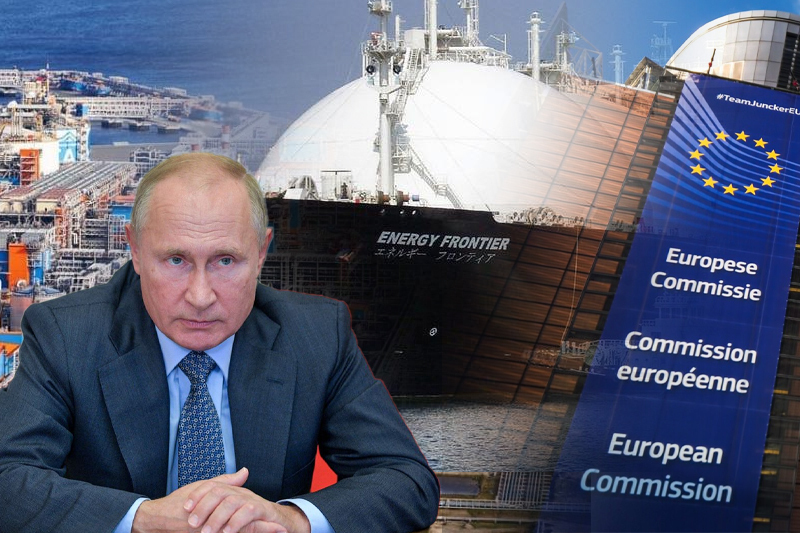
It is high time that we start exporting LNG
Russia is no longer a superpower in terms of its conventional military, as evidenced by Vladimir Putin’s halted war on Ukraine. Although it is still a superpower in the energy sector, it has militarized its oil and gas exports, just like OPEC did in 1973, in an effort to undercut European and NATO support for Ukraine. Europe is currently experiencing the consequences of its excessive reliance on Russian energy. 40% of the natural gas used in Europe was provided by Russia before the invasion. Europe must reestablish its energy security in order to ensure its energy security for the upcoming winter and the years to come.
Also Read – Which Countries Are Still Buying Energy From Russia?
To lessen dependency on Russian fossil fuels and hasten the transition to cleaner energy sources, the European Commission has suggested a four-part plan: First, residential energy-efficiency measures. In order to consume less coal, oil, and natural gas, Europe’s energy-intensive industrial processes should also be redesigned. Third, expanding and speeding up renewable energy. Finding new and diverse natural gas providers is the fourth step. To that end, Germany recently finished building its first LNG terminal and recently agreed to long-term LNG supply agreements with Qatar, while LNG shipments from the U.S. Gulf Coast are rapidly increasing as American producers scramble to increase production and export capacity.
But where in all of this is Canada? As the fifth-largest natural gas producer in the world, we can undoubtedly support our allies in Europe in their efforts to counter Russia’s most potent weaponry: energy. However, the government lies about LNG exports to Europe because it is unsure how to simultaneously increase natural gas production for foreign policy objectives and decrease it to achieve domestic climate change objectives.
Energy security and climate change are both global issues. But we frequently consider local issues while discussing climate change. We don’t take into account global interconnections and effects when establishing national emission goals. Unintentionally limiting our ability to reduce global GHGs for energy exporters like Canada are national GHG objective. Additionally, it is clear that they penalise the natural gas industry, which significantly contributes to our exports, tax receipts, incomes, and employment.
Also Read – Work resumes on the Poland-Norway gas pipeline amid the Russia-Ukraine conflict
The use of Canadian natural gas could aid several nations in moving away from coal, which produces over 50% more CO2 per energy unit. India uses coal to produce around 70% of its electricity. Even now, 20% of the electricity produced in Europe still comes from it. However, it would conflict with Canada’s domestic climate change targets and the CO2 emission caps in the energy sector designed to help the country meet these targets. Switching from coal to Canadian natural gas would result in significant reductions in overall CO2 emissions globally.
In order to incorporate these energy substitution credits into the COP methodology, Canada could take the lead by recommending the formation of an alliance of energy exporters, including the U.S. and Australia. Alternatively, we may just start on our own, develop our own process, and invite people to join. Such leadership would benefit both energy security and the fight against climate change. Beyond these advantages for the environment, it would also increase investment, gas production, exports, high-paying jobs, and the possibility of partnerships with indigenous people.




